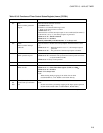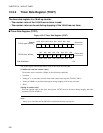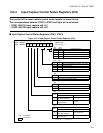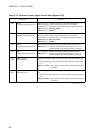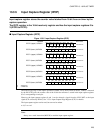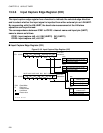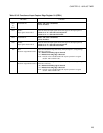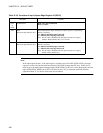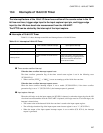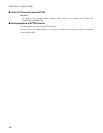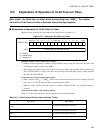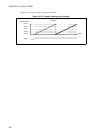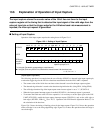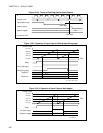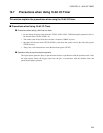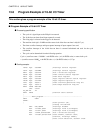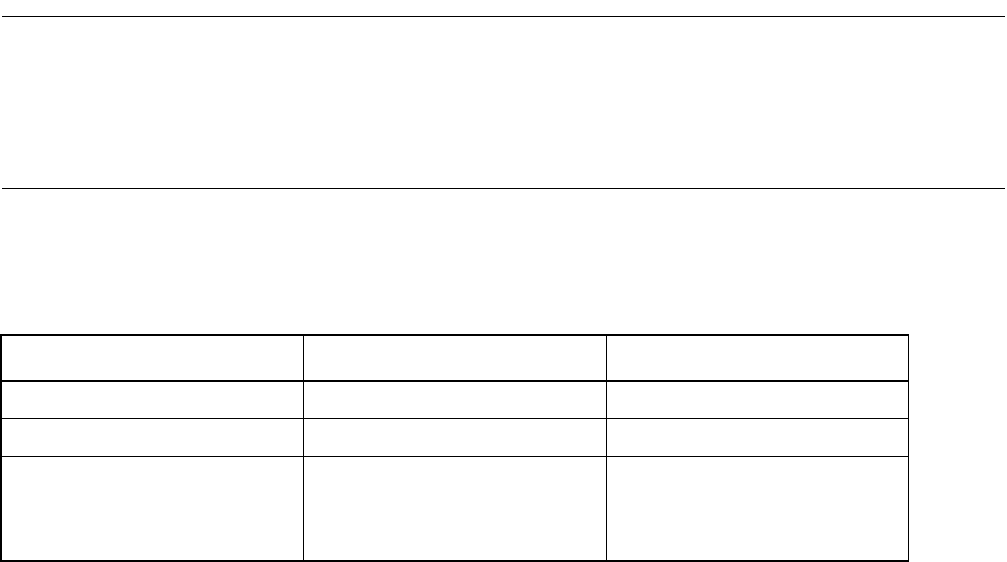
227
CHAPTER 13 16-Bit I/O TIMER
13.4 Interrupts of 16-bit I/O Timer
The interrupt factors of the 16-bit I/O timer has overflow of the counter value in the 16-
bit free-run timer, trigger edge input to the input capture input pin, and trigger edge
input for the LIN slave baud rate measurement from the LIN-UART.
The EI
2
OS can be started by the interrupt of the input capture.
■ Interrupts of 16-bit I/O Timer
Table 13.4-1 shows interrupt control bits and interrupt factors of 16-bit I/O timer.
●
Timer counter overflow interrupt
When the timer overflow interrupt request is set:
The timer overflow generation flag of the timer control status register is set in the following cases
(TCCSL:IVF=1).
• When overflow ("FFFF
H
" → "0000
H
") occurs at counting up of the 16-bit free-run timer.
When the timer overflow interrupt request occurs:
When the timer overflow interrupt request is set to enable (TCCSL:IVFE=1) if the timer overflow
generation flag is set to "1" (TCCSL:IVF=1), the interrupt request is generated.
●
Input capture Interrupt
When the valid edge set by the input capture pin (ICS:EG) is detected, or when the trigger edge for the LIN
slave baud rate measurement from the LIN-UART is inputted (valid edge must be set to both edges), the
interrupt is shown below.
• The counter value of the detected 16-bit free-run timer is stored to the input capture register.
• The valid edge detection flag of the input capture control status register is set to "1". (ICS: ICP=1)
• When the output of the input capture interrupt request is set to enable (ICS: ICE=1), the interrupt
request is generated.
Table 13.4-1 Interrupts of 16-bit I/O Timer
Timer counter overflow interrupt Input capture interrupt
Interrupt request flag TCCSL: IVF ICSnm: ICPn, ICPm
Interrupt request output enable bit TCCSL: IVFE ICSnm: ICEn, ICEm
Interrupt factor
Counter overflow of 16-bit free-run
timer
Valid edge input to the input capture
input pin and trigger edge input for the
LIN slave baud rate measurement
from the LIN-UART
n = 0, 2 m = n+1



